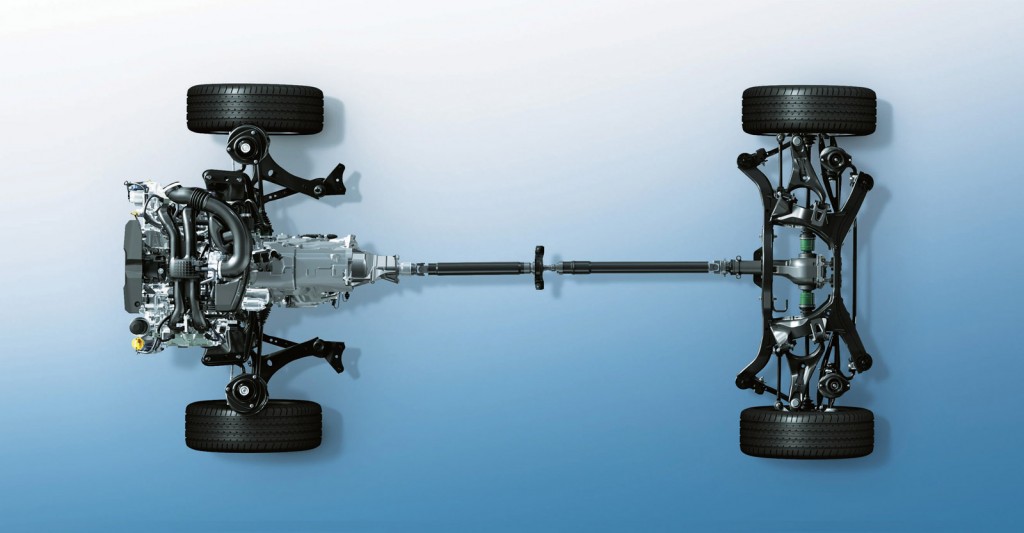
Subaru symmetrical all-wheel drive technology
Subaru has carved a niche in the vast automotive industry by doing one thing: equip every single car it sells with an all-wheel-drive system. That's minus the BRZ, of course, which features rear-wheel drive.
How does Subaru's system actually work? Jason Fenske of Engineering Explained is here to tell us just that, and he breaks down how all four of Subaru's all-wheel-drive systems function. That's right, not all AWD systems from Subaru are created equally.
Cars with continuously variable transmissions receive a specific type of system, while those equipped with a manual transmission use a different setup. There are also two separate systems for the WRX and WRX STI pair—one is for CVT-equipped Subaru WRXs and the other is solely used for the WRX STI.

Subaru symmetrical all-wheel drive technology
The first system is the Viscous Center Differential. It uses a straightforward 50/50 torque split with open front and rear differentials. This system is used only on Subaru models with a manual transmission, save for the WRX and WRX STI.
The second is likely the one most consumers will be acquainted with: the Active Torque Split system. It's found on all CVT-equipped Subaru cars minus the WRX and features a 60/40 torque split. The clutch pack found in the all-wheel-drive system is designed to allow for some slip, but if traction begins to falter on a certain axle, the system locks the clutch pack, applies more pressure, and sends more torque to the wheels that need it.
What makes the second system "active" is the fact the system communicates with other vehicle sensors to understand if a situation requires more torque at a certain wheel. Now, let's get to the sporty stuff.

2018 Subaru WRX
The CVT-equipped WRX uses a Variable Torque Distribution system. This system is designed with a greater rear torque bias of 45/55, which in turn reduces understeer and allows more power to find its way to the rear wheels. A center differential, clutch pack, and a transmission control module all work in concert—sort of like the Active Torque Split system—to send power to the wheel most in need.
The holy grail of Subaru all-wheel-drive systems is, hands down, the Driver Controlled Center Differential system. It's exclusive to the WRX STI, and it uses a planetary style and mechanical limited-slip differential and an electronic differential. The system features a 41/59 rear-bias torque split, but the driver-controlled electronic differential can tell the system to lock up completely, or even provide more rear bias, for example.
Next time you feel traction slip, you now have an idea of what's going on behind the scenes to ensure every Subaru is a cut above in low-traction scenarios.